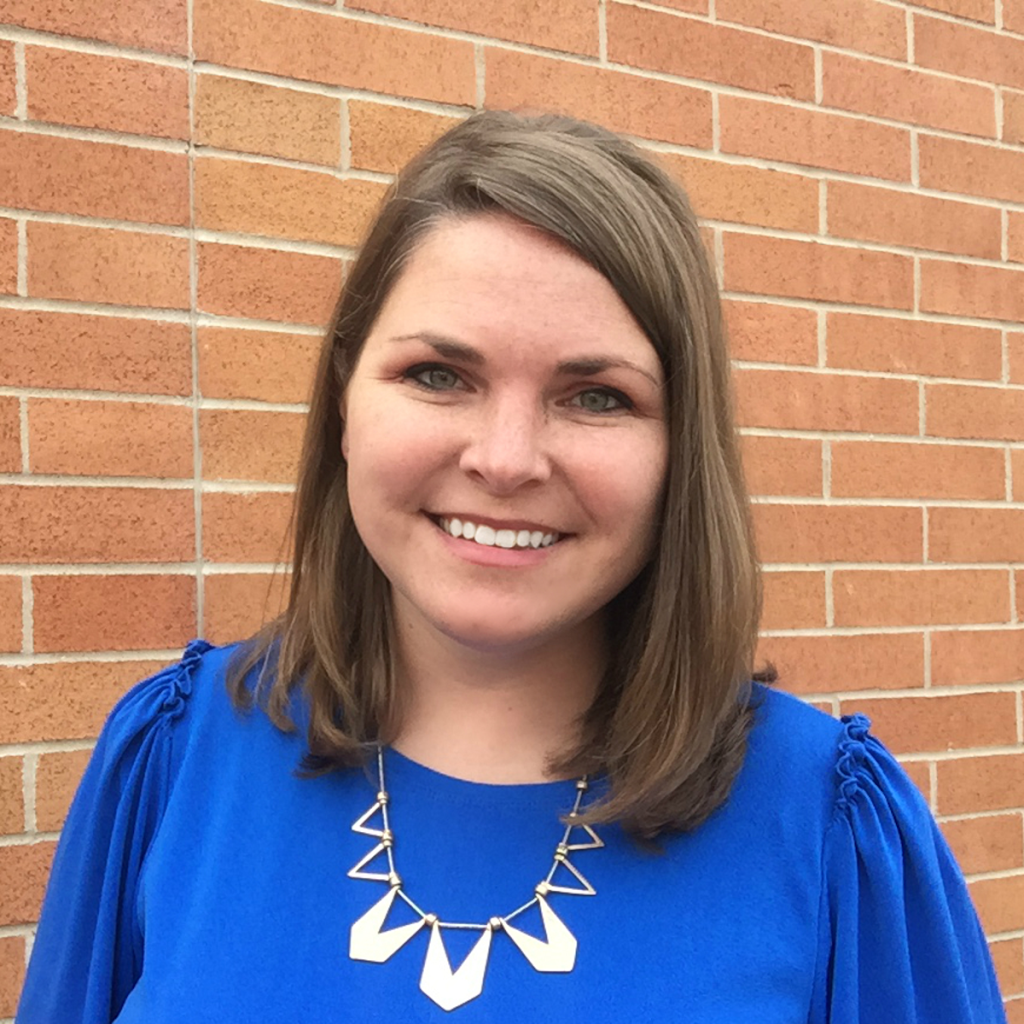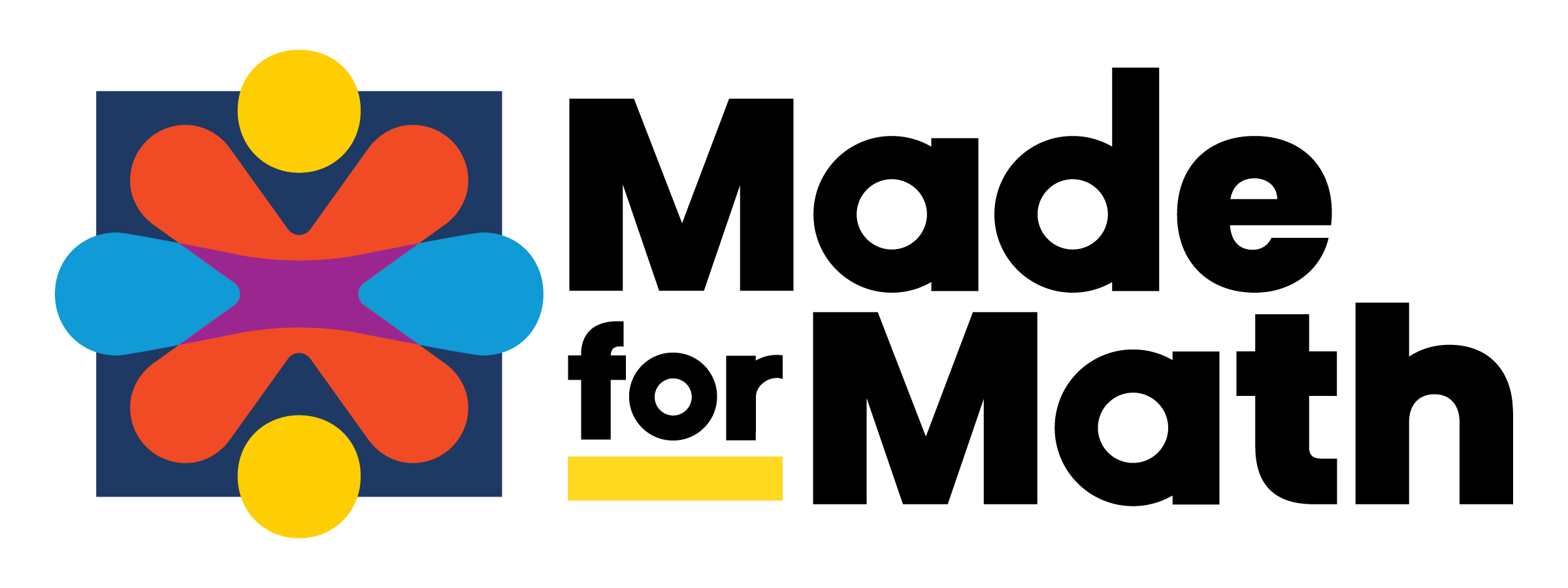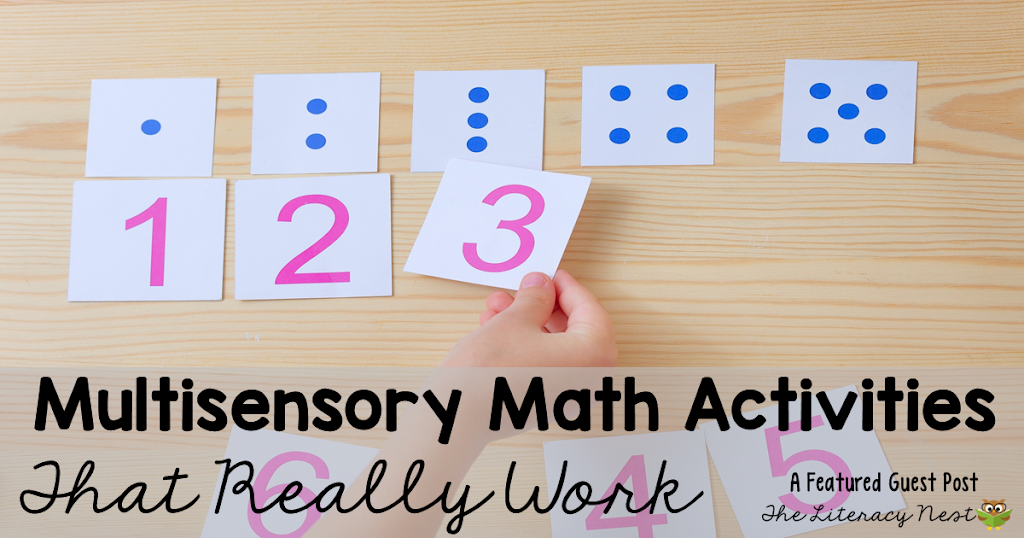Difficulties Evolve into Doors: The HOPE for students with Dyscalculia
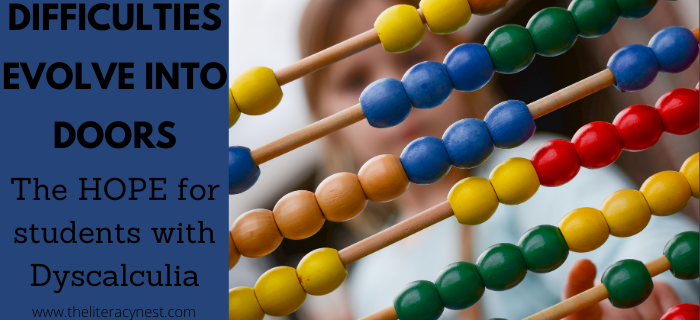
You may come here for literacy tips, but today we are talking about math, so put your hats on! Adrianne Meldrum at Made For Math is my guest and she’s talking about dyscalculia.
If you recall Adrianne was a guest a few years ago on my blog. She wrote, “Multisensory Math Activities That Work“. I’m thrilled to also let you know that Adrianne will be joining us for The Literacy Nest’s third annual virtual conference in summer 2021. Registration will open in early June, so be on the look out for that!
Noah is a preschooler, full of life, exceptionally gifted in verbal communication, and having tremendous difficulty sorting and counting.
Emma is a delightful 3rd grader who excels at gymnastics but hitting a brick wall with math fact recall and falling behind her class.
Liam is an athletic 10th grader, brilliant in History class & Civics, but overly dependent on the calculator for basic operations and suffering from high anxiety related to mathematics.
These three mini-sketches begin to answer the question: What is Dyscalculia?
Sneak peeks into Dyscalculia, often are further convoluted thanks to co-occurring conditions such as Dyslexia, ADHD, math anxiety, and more. Click here for the full Dyscalculia webinar. For clarity and simplicity, it is helpful to center down into the etymology of the word, Dyscalculia. What do we unearth?
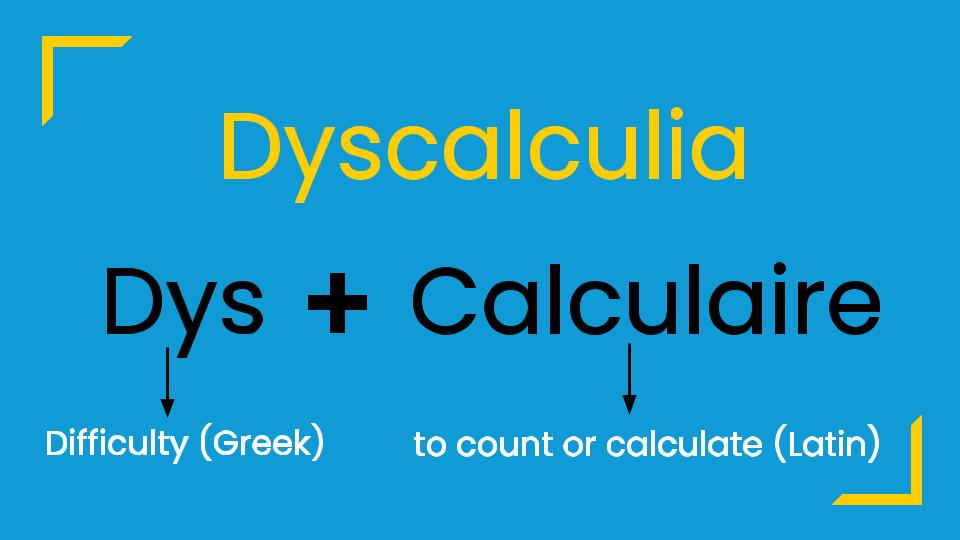
Is Dyscalculia curable? No. Nor do we wish it to be! Dyscalculia is a brain wiring difference.
“It’s not that your child is broken and needs fixing. It’s that they need a completely different approach because their brain is wired differently.” – Adrianne Meldrum
It is valid that severe Dyscalculia can be profoundly debilitating without uniquely tailored instruction. That’s why, at Made for Math, we’ve united a collective of craftswomen & men who serve as “Math Specialists.” These “math artisans” craft custom-tailored lessons that match the unique wiring of children with Dyscalculia. This is who we are and what we do.
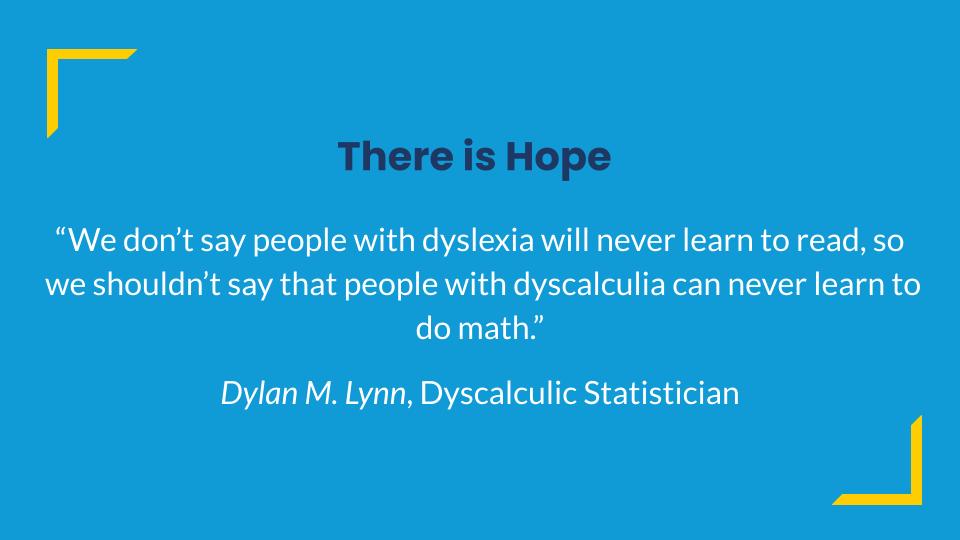
To echo our conviction, Dyscalculia is a difference, not a deficiency. Please take a moment to scroll back up to our initial Dyscalculia sketches. Mark the sampling of the children’s strengths in each vignette (music, gymnastics, kinesthetic, etc.). This isn’t a dreamy avoidance of the struggle. Noah, Emma, & Liam will have significant impairments without the customized instruction their brains need.
How does this custom-tailored instruction look?
https://madeformath.com/what-is-multisensory-math-tutoring/
Dig deeper in our Dyscalculia Webinar. Click HERE.
How does remediation look?
At the summit, top-priority, and embedded in all interventions, as a non-negotiable, is the necessity of Multisensory Math Instruction (visual, auditory, kinesthetic, and tactile) https://madeformath.com/what-is-multisensory-math-tutoring/
- Procedural accommodations: Visual vocabulary cards “co-created” with the students help the mathematical terms become more “brain sticky.”
- Verbal accommodations: Narrow the math fact family you are working on with a student. For example, if you focus on four facts, let everything about the lesson come back to utilize four facts.
- Semantic Accommodations: Hands-on math using blocks, popsicle sticks, or other manipulatives to help students grasp the order and magnitude of numbers.
Noah, Emma, Liam, and all the children they represent, can become confident in their ability to take learning into their own hands (literally)! This is not wishful thinking to see that their difficulty is a door, and they can approach future learning obstacles with grace.
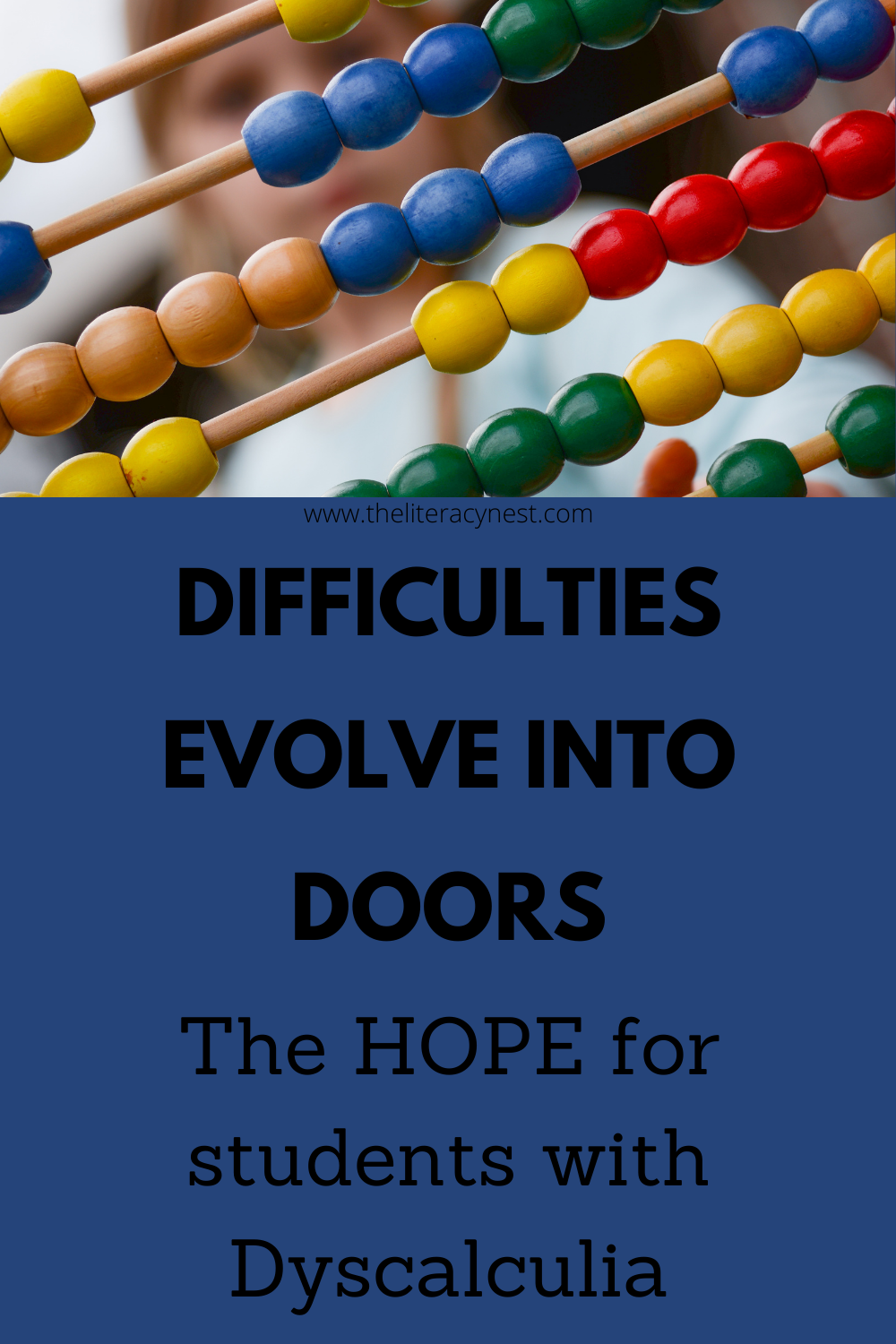
About Adrianne Meldrum
Adrianne Meldrum is the CEO of Made for Math, an all-online multisensory math service. The entire team has been mentored and taught Marilyn Zecher’s approach to teaching mathematics. They teach their students that they are strong, capable learners whose differences are strengths and not deficits. Our students learn differently, but they are still made for math.
